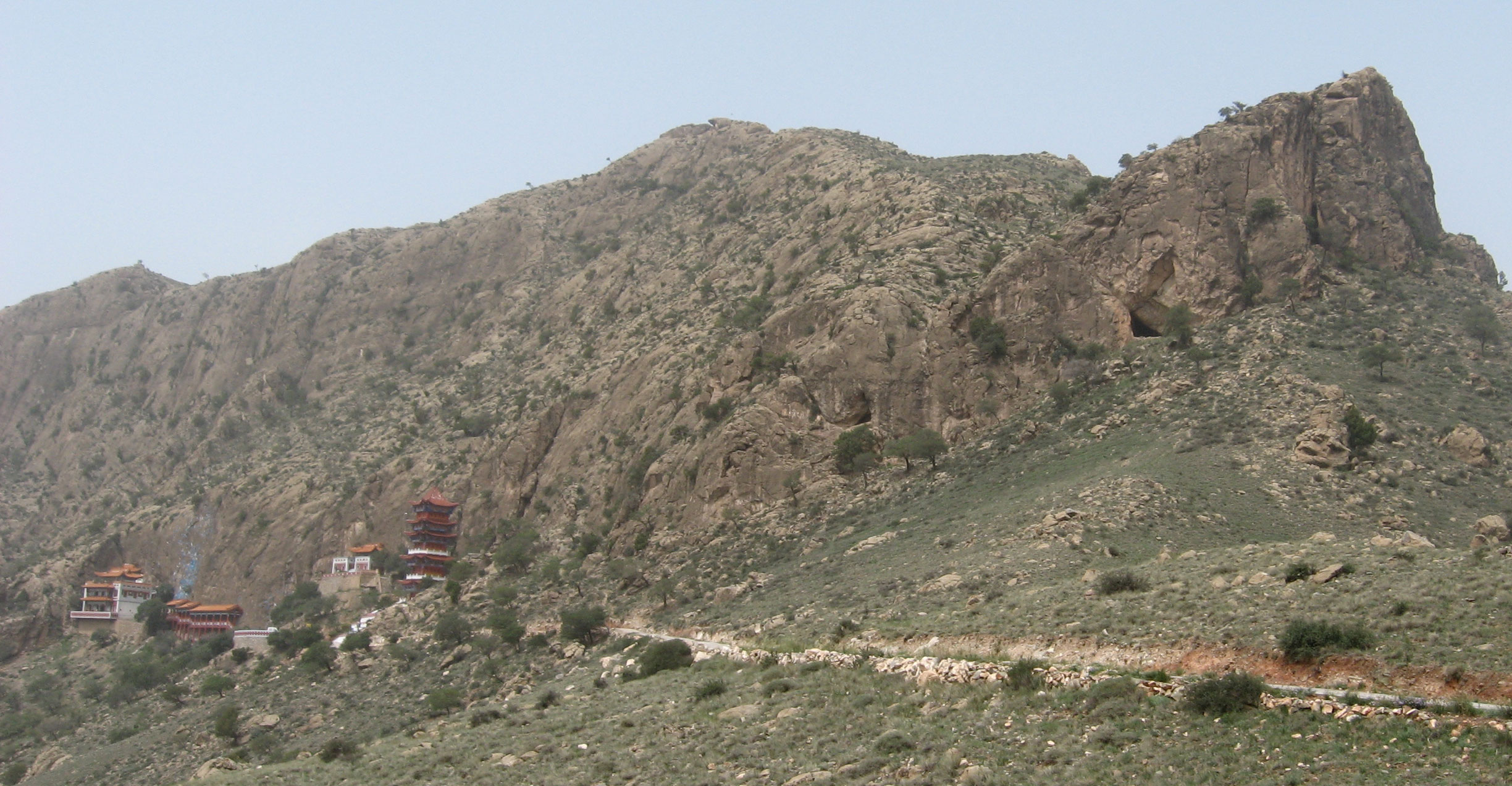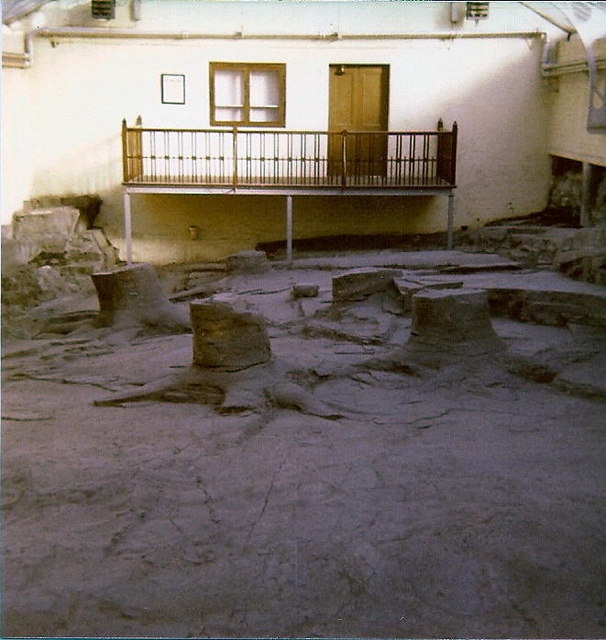|
Taining County
Taining County () is a county in the northwest of Fujian province, People's Republic of China. It is the northernmost county-level division of the prefecture-level city of Sanming. Area: . Population: 130,000. Postal Code: 354400. The county government is located in Shancheng town. The local dialect is a dialect of Gan Chinese, although surrounding areas speak Min Chinese. Transportation * Xiangtang–Putian Railway Climate Administrative divisions Towns: *Shancheng (), Zhukou (), Xiaqu Town () Townships: *Xinqiao Township (), Shangqing Township (), Datian Township (), Meikou Township (), Kaishan Township (), Dalong Township () Culture Due to the presence of the Wuyi Mountains, Taining County includes a number of notable parks of various types. One of them, located in the central part of the range, after having been made a World Heritage Site, and qualifying as a UNESCO National Geopark, was certified in 2004 as a UNESCO Global Geopark in the Asia Pacific regional net ... [...More Info...] [...Related Items...] OR: [Wikipedia] [Google] [Baidu] |
Counties Of The People's Republic Of China
Counties ( zh, t=縣, s=县, hp=Xiàn), formally county-level divisions, are found in the Administrative divisions of China#County level, third level of the administrative hierarchy in Provinces of China, Provinces and Autonomous regions of China, Autonomous regions and the second level in Direct-controlled municipality#People's Republic of China, municipalities and Hainan, a level that is known as "county level" and also contains autonomous county, autonomous counties, county-level city, county-level cities, Banners of Inner Mongolia, banners, Banners of Inner Mongolia#Autonomous banner, autonomous banners and District (China)#City districts, City districts. There are 1,355 counties in Mainland China out of a total of 2,851 county-level divisions. The term ''xian'' is sometimes translated as "district" or "prefecture" when put in the context of History of China, Chinese history. History ''Xian'' have existed since the Warring States period and were set up nationwide by the ... [...More Info...] [...Related Items...] OR: [Wikipedia] [Google] [Baidu] |
Taining County
Taining County () is a county in the northwest of Fujian province, People's Republic of China. It is the northernmost county-level division of the prefecture-level city of Sanming. Area: . Population: 130,000. Postal Code: 354400. The county government is located in Shancheng town. The local dialect is a dialect of Gan Chinese, although surrounding areas speak Min Chinese. Transportation * Xiangtang–Putian Railway Climate Administrative divisions Towns: *Shancheng (), Zhukou (), Xiaqu Town () Townships: *Xinqiao Township (), Shangqing Township (), Datian Township (), Meikou Township (), Kaishan Township (), Dalong Township () Culture Due to the presence of the Wuyi Mountains, Taining County includes a number of notable parks of various types. One of them, located in the central part of the range, after having been made a World Heritage Site, and qualifying as a UNESCO National Geopark, was certified in 2004 as a UNESCO Global Geopark in the Asia Pacific regional net ... [...More Info...] [...Related Items...] OR: [Wikipedia] [Google] [Baidu] |
Wuyi New Area
Wuyi New Area was established on June 26, 2012 in Nanping, Fujian. Administration * Wuyishan * part of Jianyang District: Tancheng Subdistrict, Tongyou Subdistrict, Jiangkou Town, Jukou Town, Huangkeng Town and Chongluo Township. See also * Tianfu New Area * Fuzhou New Area Fuzhou (; , Fuzhounese: Hokchew, ''Hók-ciŭ''), alternately romanized as Foochow, is the capital and one of the largest cities in Fujian province, China. Along with the many counties of Ningde, those of Fuzhou are considered to constitute t ... {{Authority control Populated places in Fujian Nanping New areas (China) ... [...More Info...] [...Related Items...] OR: [Wikipedia] [Google] [Baidu] |
Wuyishan, Fujian
Wuyishan City () is a county-level city in the municipal region of Nanping, in the northwest of Fujian, People's Republic of China, which borders Jiangxi to the northwest. It corresponds to the former Chong'an County. Natural and cultural heritage A local subsection of the Wuyishan Mountain range, which forms the entirety of the geological and political divide between the provinces of Fujian and Jiangxi, is a front-rank national park called simply Wuyi Mountains. Since 1999 the park zone has been recognised by UNESCO as part of the world's natural ''and'' cultural heritage. Cultural sites within the zone include the original cultivation ground of the Da Hong Pao tea variety, and a villa retreat used by Zhu Xi, a Confucian revivalist scholar-official of the rump or ''Southern'' Song Empire. South of the zone, just short of the City's border with Jianyang District, is a major archaeological excavation of the vanished State of Yue (). Not far from Wuyishan, the Jiyufang Laolong ... [...More Info...] [...Related Items...] OR: [Wikipedia] [Google] [Baidu] |
List Of UNESCO Global Geoparks In Asia
In this List of UNESCO Global Geoparks in Asia, the term "Asia" means the UNESCO regional network of "Asia Pacifica," which is not a distinction of continents. Anatolia, historically the first Greek "Asia," from Luwian aswiya, today is part of the European Geoparks Network, as is western Russia. As there are not yet any geoparks in Siberia, or eastern Russia, the question of what geopark region it is remains unsettled. Hence the "Asia" portion of Asia Pacifica means southern and central Asia from Iran to Japan with Southeast Asia, which merges into the undefined "Pacifica," presumably involving islands of the Pacific. They must include Australia and New Zealand, not generally considered Southeast Asian or part of Asia. Strictly speaking, distinctions of continent are not being embraced. All UNESCO regions, however, distinguish the regions by their nations, as part of the bottom up structure of UNESCO geopark networks. A geopark must first apply for accreditation in a "National Ge ... [...More Info...] [...Related Items...] OR: [Wikipedia] [Google] [Baidu] |
UNESCO Global Geoparks
UNESCO Global Geoparks (UGGp) are geoparks certified by the UNESCO Global Geoparks Council as meeting all the requirements for belonging to the Global Geoparks Network (GGN). The GGN is both a network of geoparks and the agency of the United Nations Educational, Scientific and Cultural Organization (UNESCO). that administers the network. The agency was founded in 2004 in partnership with the International Union of Geological Sciences (IUGS). The network was set up to conserve earth's geological heritage, as well as to promote the sustainable research and development by the concerned communities. To implement these goals they adopted the concept of geopark, a term that had already been in use for one of the proposed parks. Geoparks were conceived as :"single, unified geographical areas where sites and landscapes of international geological significance are managed with a holistic concept of protection, education and sustainable development." As the geopark did not naturally conform ... [...More Info...] [...Related Items...] OR: [Wikipedia] [Google] [Baidu] |
Geopark
A geopark is a protected area with internationally significant geology within which sustainable development is sought and which includes tourism, conservation, education and research concerning not just geology but other relevant sciences. In 2005, a European Geopark was defined as being: "a territory with a particular geological heritage and with a sustainable territorial development....the ultimate aim of a European Geopark is to bring enhanced employment opportunities for the people who live there." Today the geopark is virtually synonymous with the UNESCO geopark, which is defined and managed under the voluntary authority of UNESCO's International Geoscience and Geoparks Programme (IGGP). UNESCO provides a standard for geoparks and a certification service to parks that apply for it. The service is available to member states of UNESCO. This list is not the same as the member states of the United Nations. Membership in the UN does not automatically imply membership in UNESCO ... [...More Info...] [...Related Items...] OR: [Wikipedia] [Google] [Baidu] |
World Heritage Site
A World Heritage Site is a landmark or area with legal protection by an international convention administered by the United Nations Educational, Scientific and Cultural Organization (UNESCO). World Heritage Sites are designated by UNESCO for having cultural, historical, scientific or other form of significance. The sites are judged to contain " cultural and natural heritage around the world considered to be of outstanding value to humanity". To be selected, a World Heritage Site must be a somehow unique landmark which is geographically and historically identifiable and has special cultural or physical significance. For example, World Heritage Sites might be ancient ruins or historical structures, buildings, cities, deserts, forests, islands, lakes, monuments, mountains, or wilderness areas. A World Heritage Site may signify a remarkable accomplishment of humanity, and serve as evidence of our intellectual history on the planet, or it might be a place of great natural beauty. A ... [...More Info...] [...Related Items...] OR: [Wikipedia] [Google] [Baidu] |
Wuyi Mountains
The Wuyi Mountains or Wuyishan (; formerly known as Bohea Hills in early Western documents) are a mountain range located in the prefecture of Nanping, in northern Fujian province near the border with Jiangxi province, China. The highest peak in the area is Mount Huanggang at on the border of Fujian and Jiangxi, making it the highest point of both provinces; the lowest altitudes are around . Many oolong and black teas are produced in the Wuyi Mountains, including Da Hong Pao ('big red robe') and lapsang souchong, and are sold as Wuyi tea. The mountain range is known worldwide for its status as a refugium for several rare and endemic plant species, its dramatic river valleys, and the abundance of important temples and archeological sites in the region, and is a UNESCO World Heritage Site. The Wuyi Mountains are located between Wuyishan City of the Nanping prefecture in northwest Fujian province, and the town of Wuyishan within Shangrao city in northeast Jiangxi province. Descr ... [...More Info...] [...Related Items...] OR: [Wikipedia] [Google] [Baidu] |
Provinces Of The People's Republic Of China
The provincial level administrative divisions () are the highest-level administrative divisions of China. There are 34 such divisions claimed by the People's Republic of China, classified as 23 provinces (), five autonomous regions, four municipalities and two special administrative regions. The political status of Taiwan Province along with a small fraction of Fujian Province remain in dispute; those are under separate rule by the Republic of China, which is usually referred to as "Taiwan". Every province on Mainland China (including the island province of Hainan) has a Chinese Communist Party (CCP) provincial committee (), headed by a secretary (). The Committee Secretary is effectively in charge of the province, rather than the governor of the provincial government. The same arrangement exists for the autonomous regions and municipalities. Types of provincial level divisions Province The government of each standard province () is nominally led by a provincial committe ... [...More Info...] [...Related Items...] OR: [Wikipedia] [Google] [Baidu] |

.jpg)


